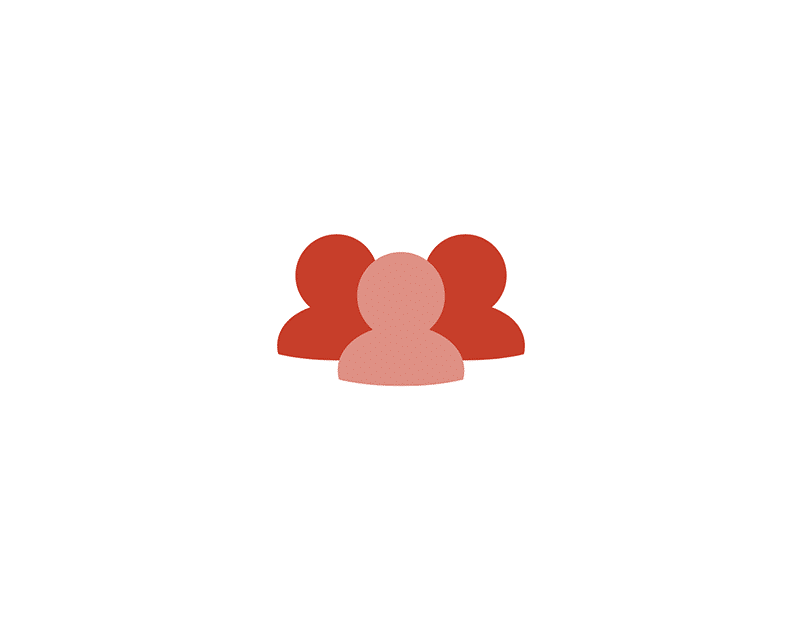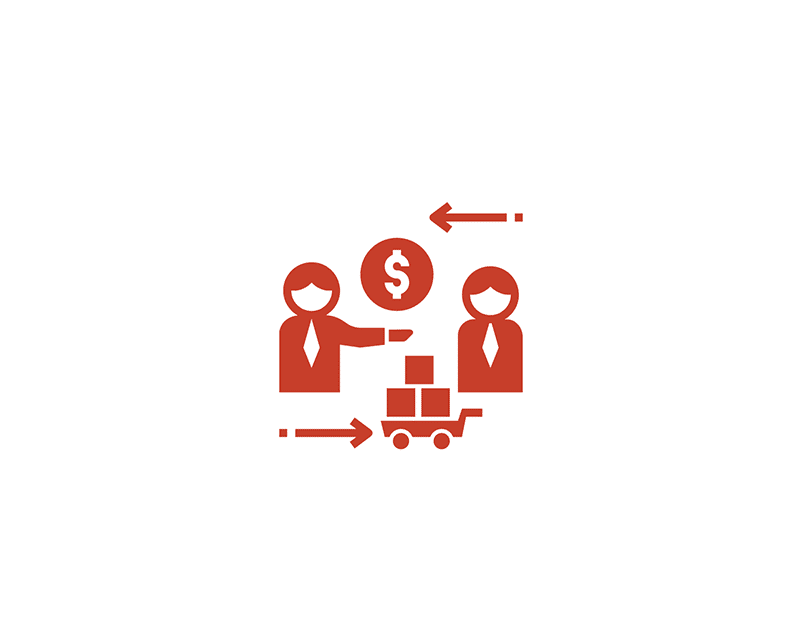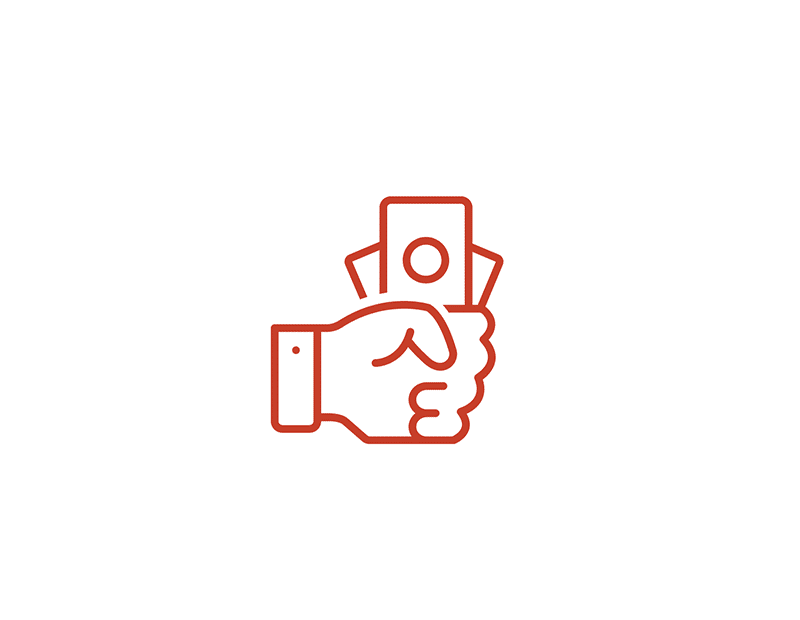To make Sahaj more participatory and to create a new way of working, we have created different committees at different levels which make the organisational decision-making more participatory and makes the team members more responsible and involved in the organisational processes.
To make this happen, we have created various committees for different functions of the organisation. At present, we have a Core Committee, a Steering Committee, a Finance committee, a Purchase Committee and a Wages Committee.
Besides, we also have a Monthly meeting with the whole team of the organisation on the 1st day of every month, in which every team member participates. We review our work of the previous month, the success and obstacles we faced during that period and also discuss the ongoing & future projects and programmes.
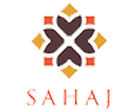
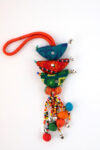 SAHAJ India Keychain Bird...
SAHAJ India Keychain Bird...  Sahaj Classic Series Drap...
Sahaj Classic Series Drap... 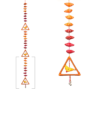 Sahaj multicolors Trigang...
Sahaj multicolors Trigang... 
